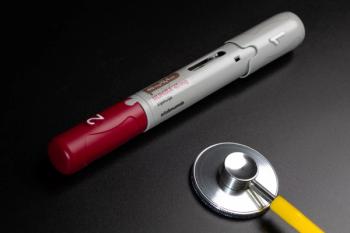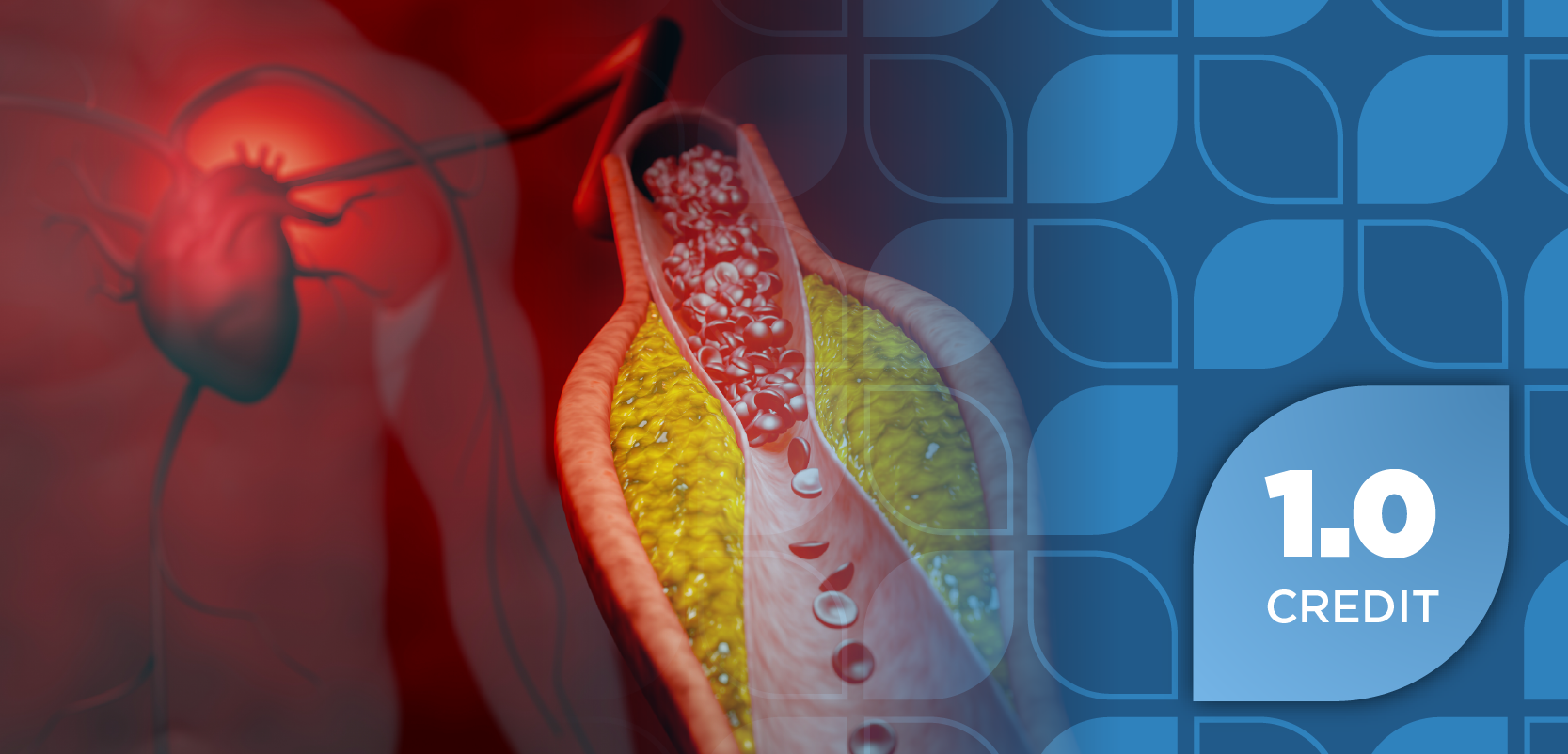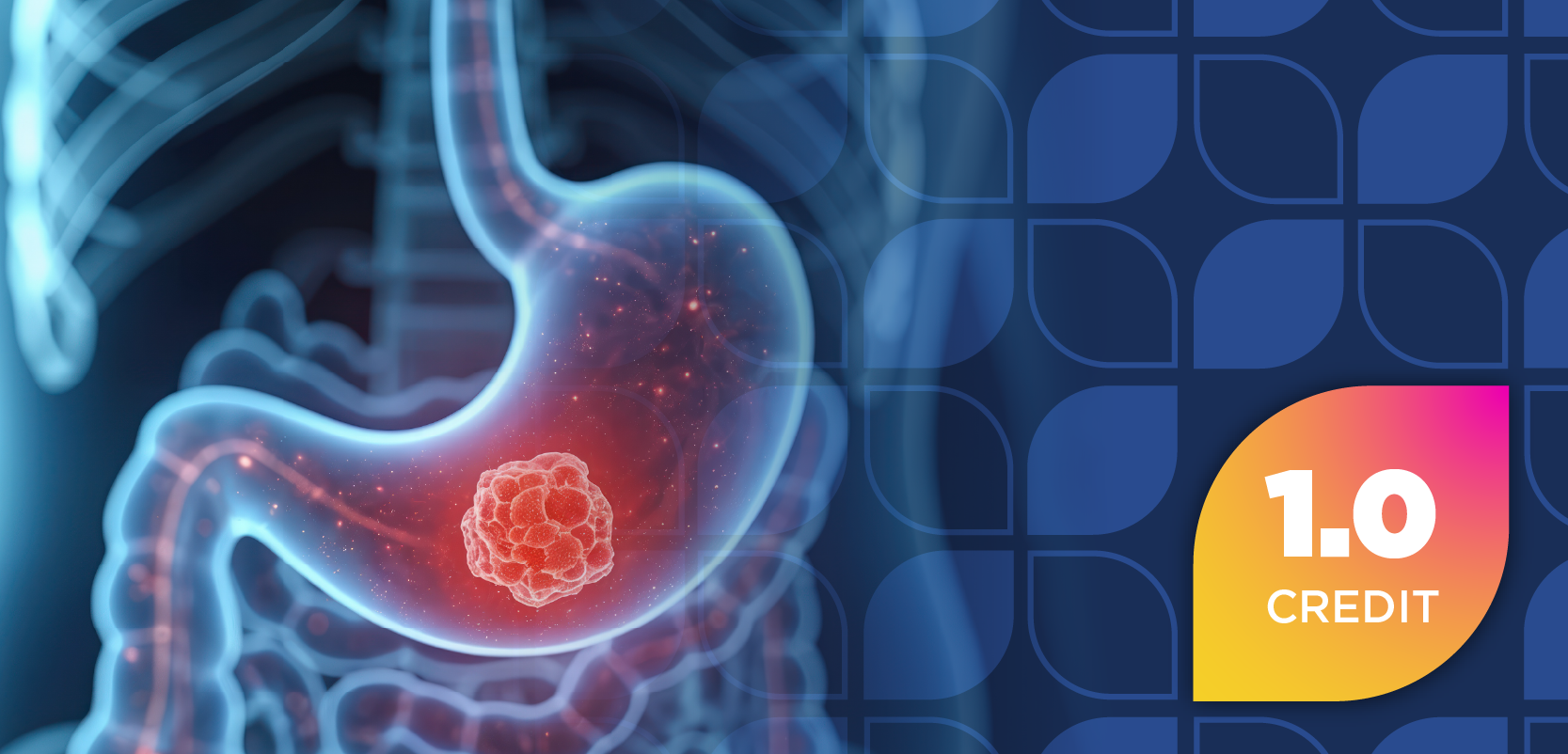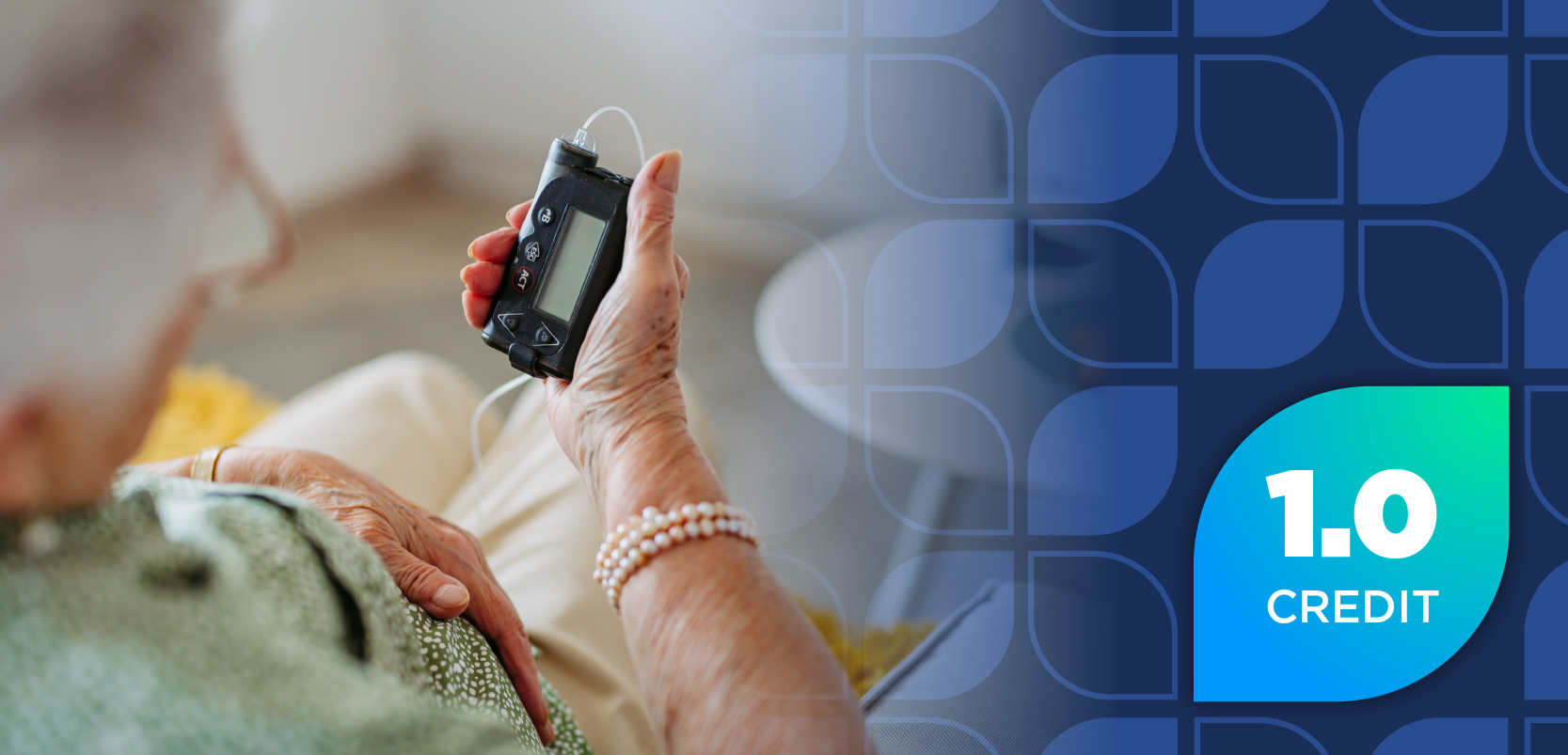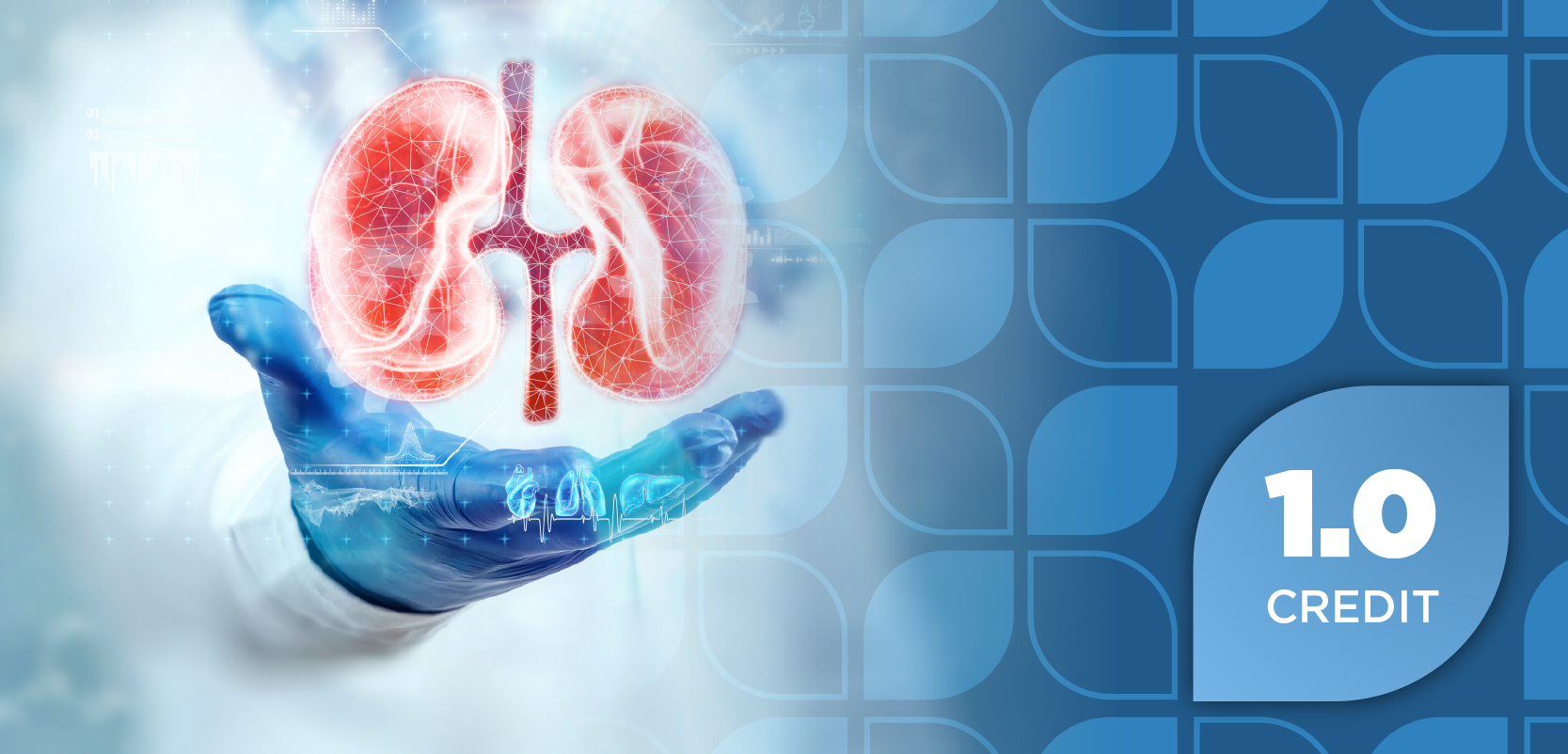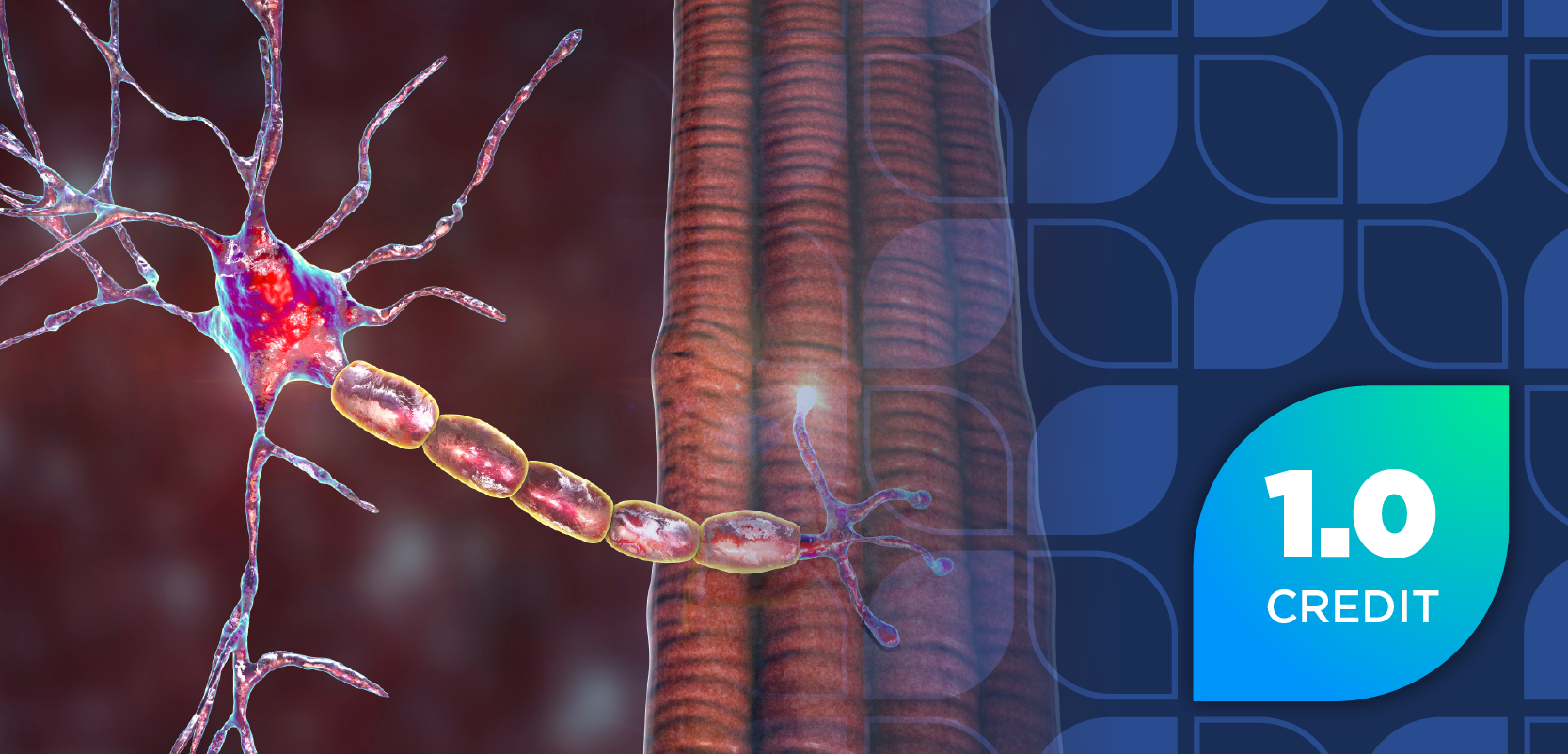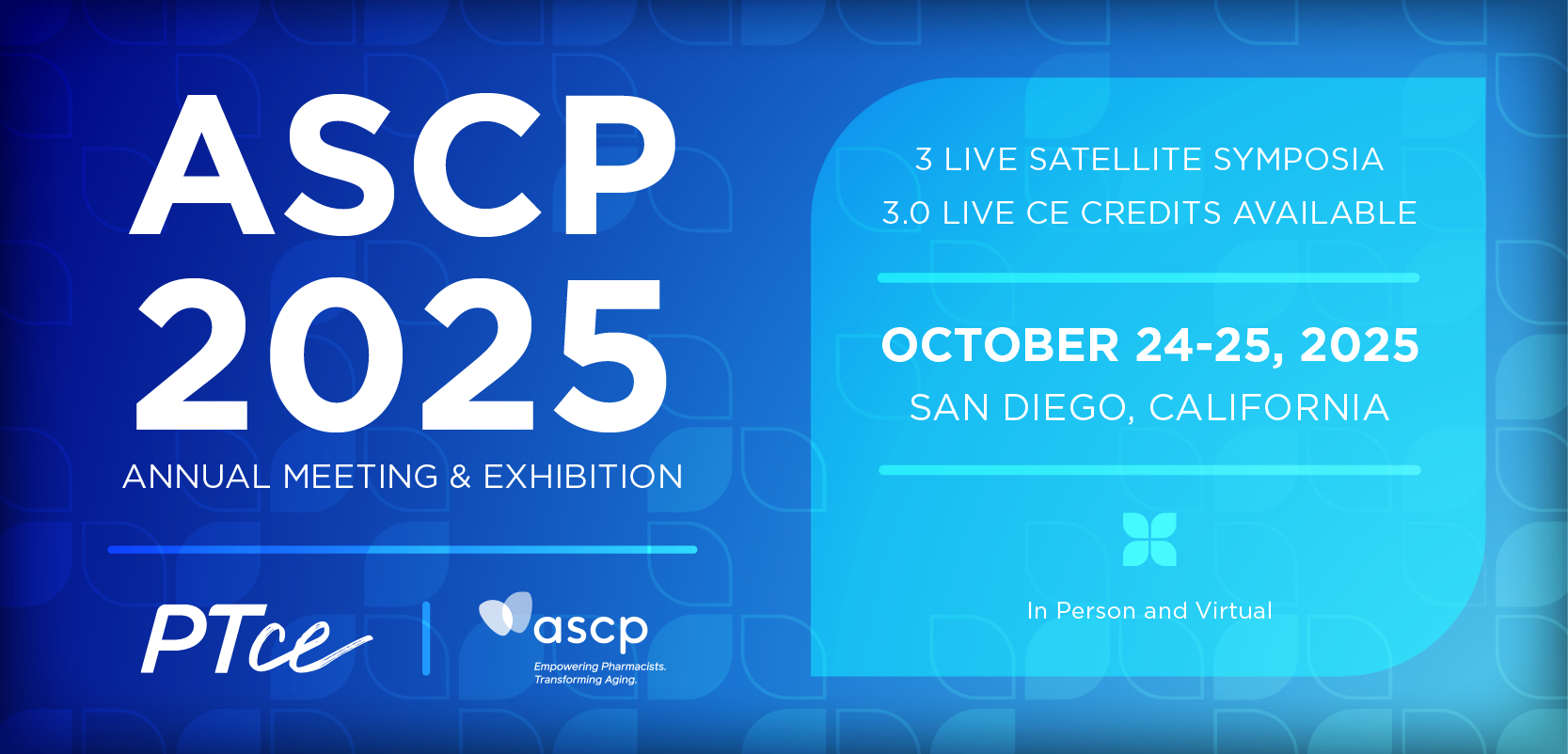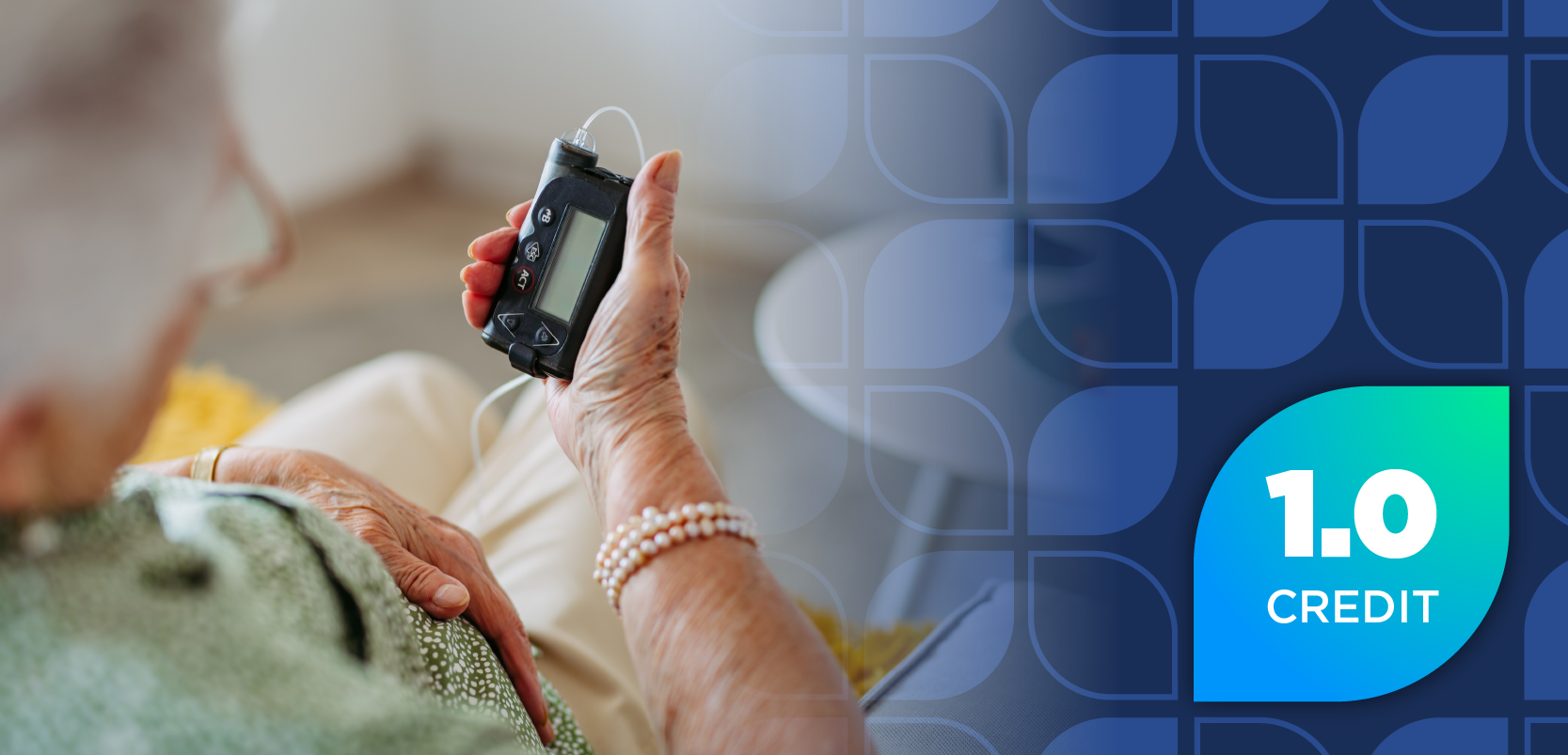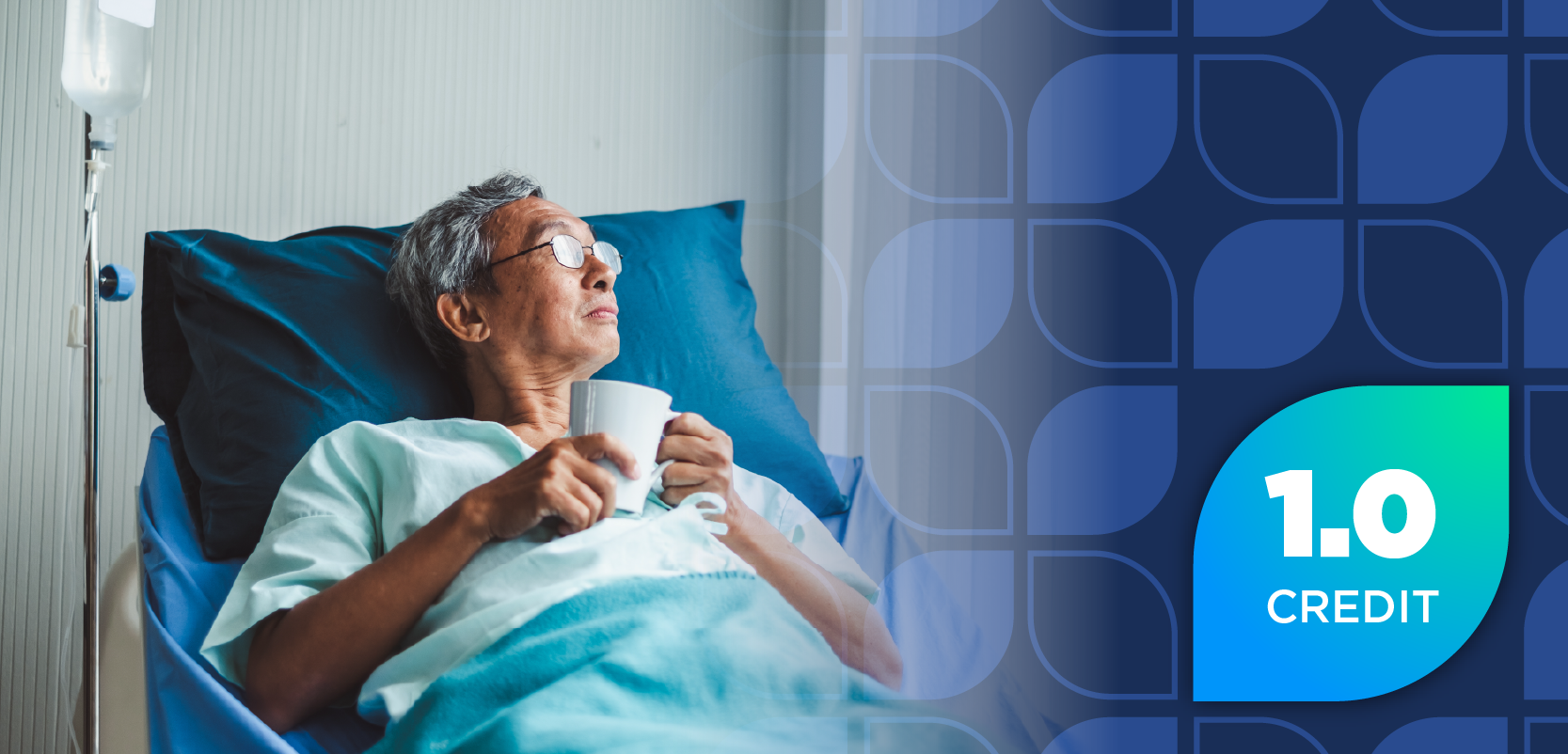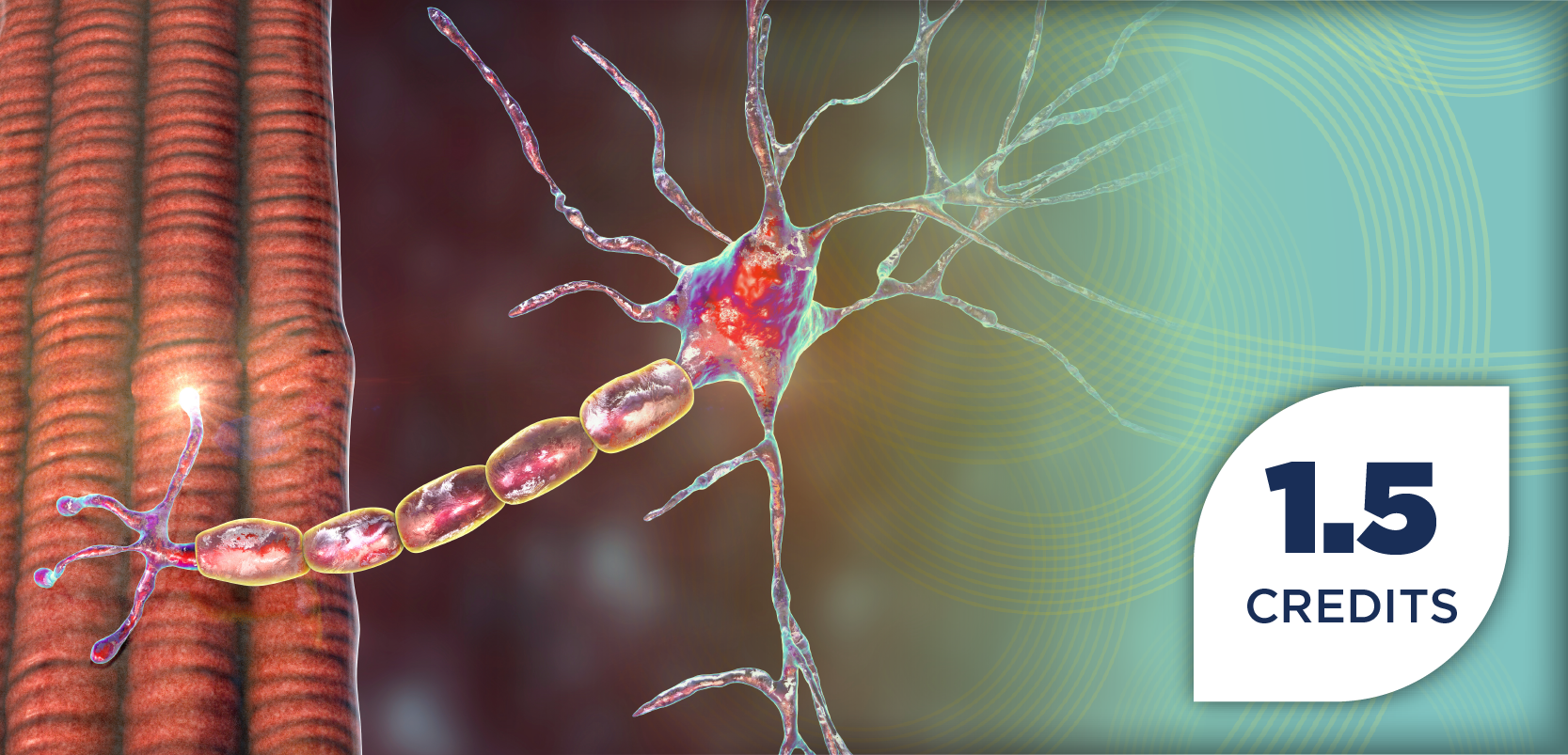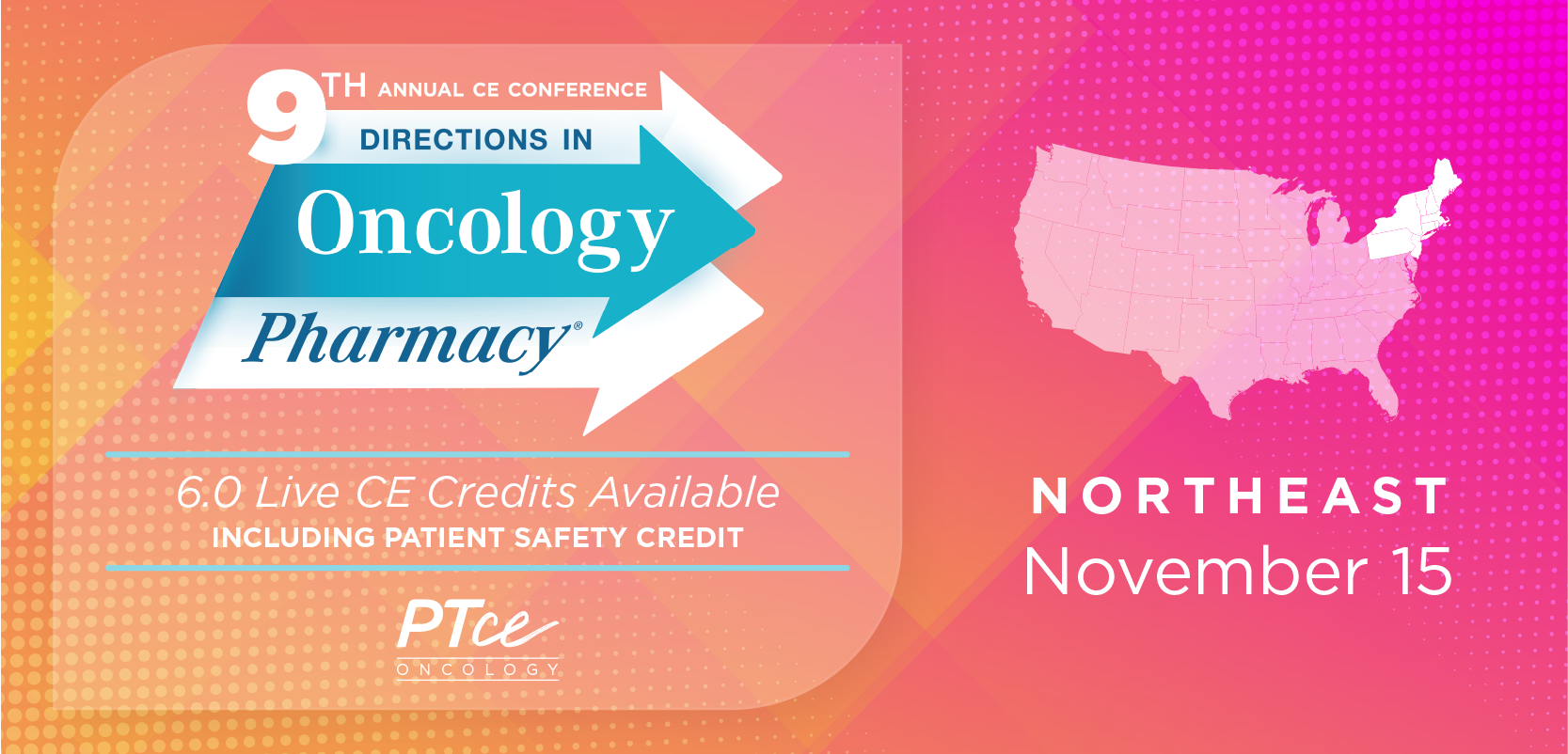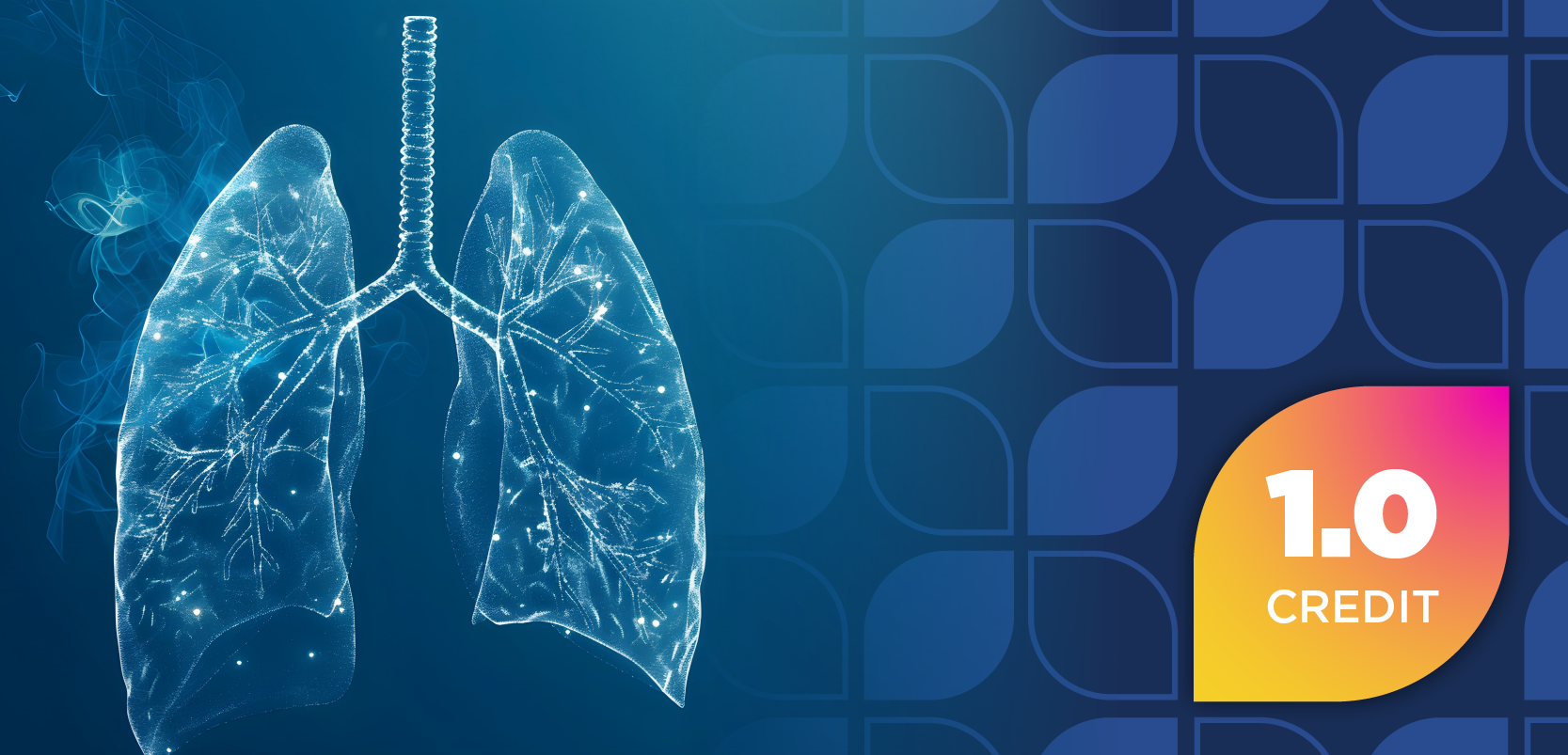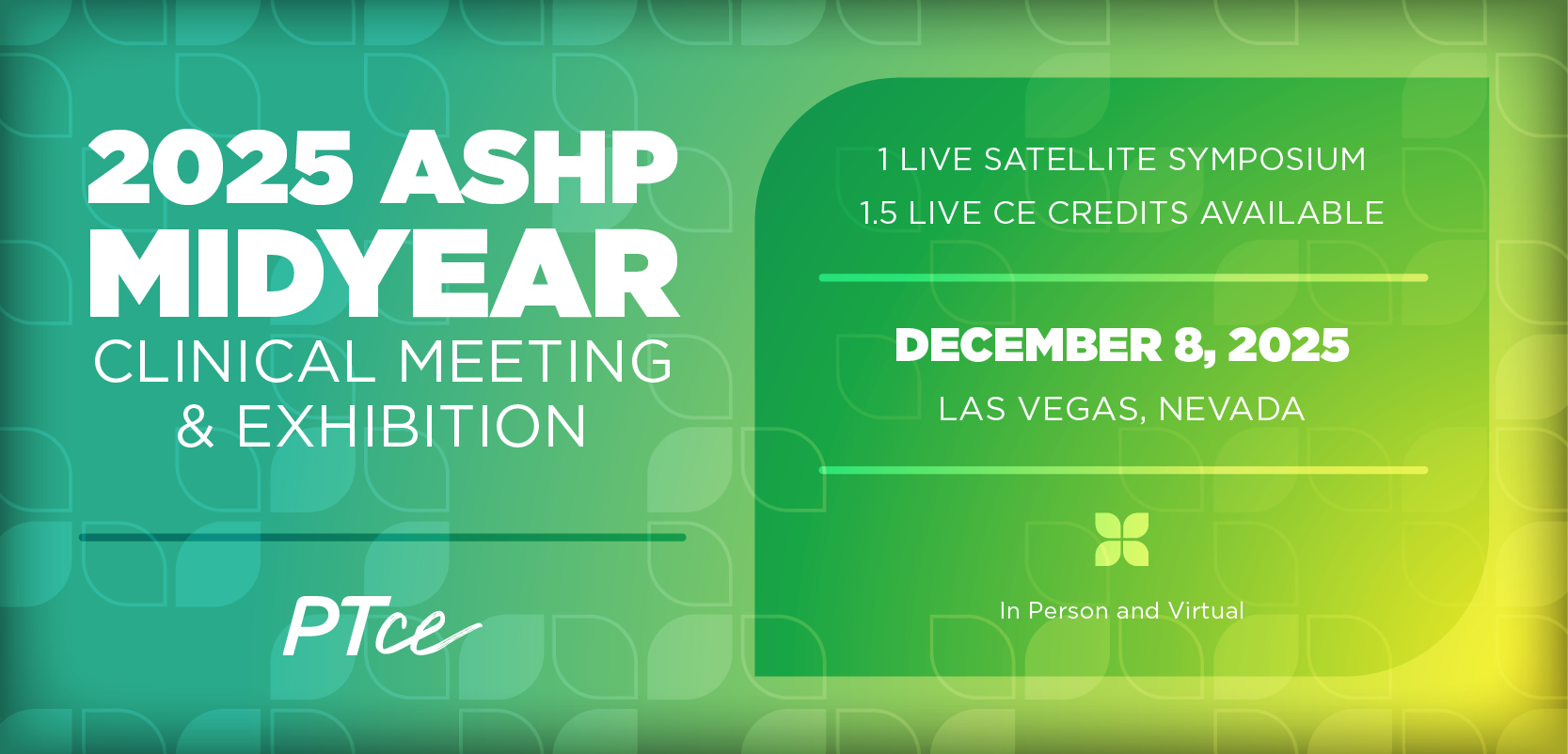
Antidiabetic Medication Combinations Have Varying Effects on Diabetic Kidney Disease Progression
Key Takeaways
- Metformin combined with a GLP-1 receptor agonist significantly reduces kidney impairment risk in patients with type 2 diabetes with DKD compared with other combinations.
- The study's primary outcome was a composite of eGFR decline by 50% and end-stage renal disease, with secondary outcomes including all-cause mortality.
Pharmacists should consider GLP-1 receptor agonists as second-line agents in older adults with DKD when additional glycemic control is needed.
In July 2025, Scientific Reports published study results suggesting that the combination of metformin and a glucagon-like peptide-1 (GLP-1) receptor agonist is more effective than other metformin combinations in protecting kidney function.1
This comparative study investigated the kidney protective effects of different antidiabetic medication combinations in patients 18 years or older with type 2 diabetes and diabetic kidney disease (DKD).1 The study excluded patients with estimated glomerular filtration rate (eGFR) exceeding 15 mL/min/1.73 m2.
The researchers divided patients into groups based on their metformin-adjunct antidiabetic medication combination: metformin plus a GLP-1 receptor agonist, metformin with a dipeptidyl peptidase-4 (DPP-4) inhibitor, or metformin with other antidiabetic medications (oADMs). The primary outcome was a composite of decline in eGFR by 50%, and end-stage renal disease (ESRD; defined as eGFR of <15 mL/min/1.73 m2). The secondary outcome included the primary outcome and all-cause mortality. The researchers marked baseline as 1 year prior to starting adjunct therapy and followed patients for 3 years.1
To account for factors that may influence outcomes, the researchers stratified patients by age, sex, body mass index (BMI), glycated hemoglobin (HbA1c), and use of angiotensin converting enzyme inhibitors (ACEi) or angiotensin receptor blockers (ARBs). They applied propensity score matching (PSM) to minimize potential bias from covariates such as medications and comorbidities that could affect DKD progression.1
After PSM, baseline characteristics were similar with regard to age, HbA1c, and eGFR. Approximately 76% of patients had hypertension, whereas 44% and 16% were on ACEi and ARB, respectively. Approximately 80% of patients had DKD stage 1 (eGFR ≥ 90 mL/min/1.73 m2) and 20% had DKD stage 2 (eGFR 60-89 mL/min/1.73 m2).1
The risk of kidney impairment was significantly lower in the metformin/GLP-1 receptor agonist group (n = 169) than in the metformin/DPP-4 inhibitor group (n = 213). Subgroup sensitivity analysis suggested a lower risk of kidney impairment in patients on metformin plus a GLP-1 receptor agonist who were 55 years or older, female, had a BMI of at least 31 kg/m2, or whose HbA1c exceeded 6.5%.1
Compared with the metformin/oADM group (n = 916), the metformin/GLP-1 receptor agonist group (n = 395) had a significantly lower risk of the secondary outcome. Patients in the metformin/GLP-1 receptor agonist group who were at least 55 years old appeared to have a lower kidney impairment risk.1
There was no statistically significant difference in primary or secondary outcomes in the metformin/DPP-4 inhibitor (n = 437) and metformin/oADM (n = 1075) groups. Females on metformin and a DPP-4 inhibitor seemed to have lower risk of kidney impairment.1
These results are consistent with major trials reinforcing favorable kidney outcomes with GLP-1 receptor agonists in DKD compared with metformin/DPP-4 inhibitors or metformin/oADM.2 Although the metformin/DPP-4 inhibitor combination provides cardioprotective benefits in addition to glycemic control, it offers no kidney protective effects.3
Implications by Practice Area
Consultant pharmacists should consider GLP-1 receptor agonists as second-line agents in older adults with DKD when additional glycemic control is needed. However, be mindful of weight loss and gastrointestinal adverse effects such as nausea, vomiting, diarrhea, or constipation.4 Emergency department pharmacists should monitor volume depletion due to nausea and vomiting in patients on GLP-1 receptor agonists to prevent acute kidney injury.5
Nurse practitioners should consider GLP-1 receptor agonists as second-line agents after metformin and sodium-glucose cotransporter 2 inhibitors when additional glycemic control is needed.6 This study adds real-world evidence to guideline-recommended use of GLP-1 receptor agonists for kidney protective effects in DKD.
REFERENCES
Mo Q, Adam TJ, Johnson SG, Moheet A, Pieczkiewicz DS. Comparative effectiveness of combining antidiabetic medications to treat renal impairment in patients with type 2 diabetes mellitus. Sci Rep. 2025;15(1):25735. doi:10.1038/s41598-025-10299-1
Greco EV, Russo G, Giandalia A, Viazzi F, Pontremoli R, Cosmo SD. GLP-1 receptor agonists and kidney protection. Medicina (Kaunas). 2019;55(6):233. doi:10.3390/medicina55060233
Liu Y, Hong T. Combination therapy of dipeptidyl peptidase-4 inhibitors and metformin in type 2 diabetes: rationale and evidence. Diabetes Obes Metab. 2014;16(2):111-117. doi:10.1111/dom.12128
Ozempic [prescribing information]. Novo Nordisk; January 2025. Accessed August 8, 2025.
https://www.novo-pi.com/ozempic.pdf Nathan DM, Juenen J, Borg R, et al. Translating the A1C assay into estimated average glucose values. Diabetes Care. 2008;31(8):1473-1478. doi:10.2337/dc08-0545
Kidney Disease: Improving Global Outcomes (KDIGO) Diabetes Work Group. KDIGO 2022 clinical practice guideline for diabetes management in chronic kidney disease. Kidney Int. 2022;102(5S):S1-S127. doi:10.1016/j.kint.2022.06.008
Newsletter
Stay informed on drug updates, treatment guidelines, and pharmacy practice trends—subscribe to Pharmacy Times for weekly clinical insights.




